One of the most common questions teachers send me on Instagram is, “How do you find the time to teach your math curriculum, do Math Workshop, and do project based learning?” My answer is always the same as I explain these three parts of my math instruction are not separate entities, they are all done together during Math Workshop. Since this question is becoming more and more common, I wanted to take some time to explain in detail how I integrate project based learning into Math Workshop.
Many teachers have the misconception that project based learning is something you have to do on top of your regular instruction and Math Workshop routine. In fact, it can be something that enriches your regular instruction, and replaces some of the more routine tasks you may be doing during a particular unit. In my third grade classroom, PBL units replace rigorous problem solving task cards and technology assignments on Khan Academy.
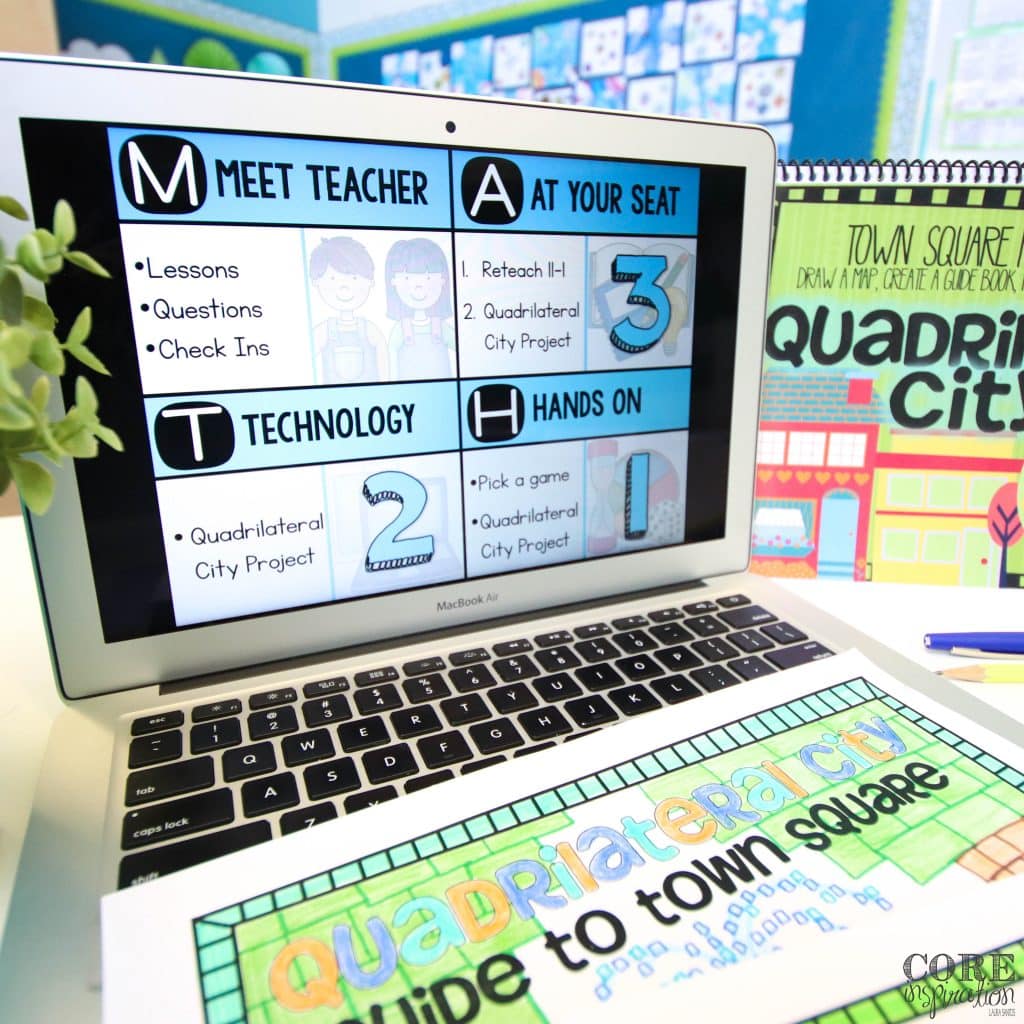
In this post, I’m going to describe two ways you can integrate project based learning into your workshop block so students have the opportunity for deeper learning. Keep in mind, I do not use this approach for every single math unit. Two instances when I replace our regular Math Workshop routines with a project are:
- Units where I feel feel the entire class would learn more from an enriching project (like our multiplication, data, and geometry units).
- Units where I know some students are already performing at a mastery level and will need an enrichment experience to deepen their understanding (like our place value and telling time units).
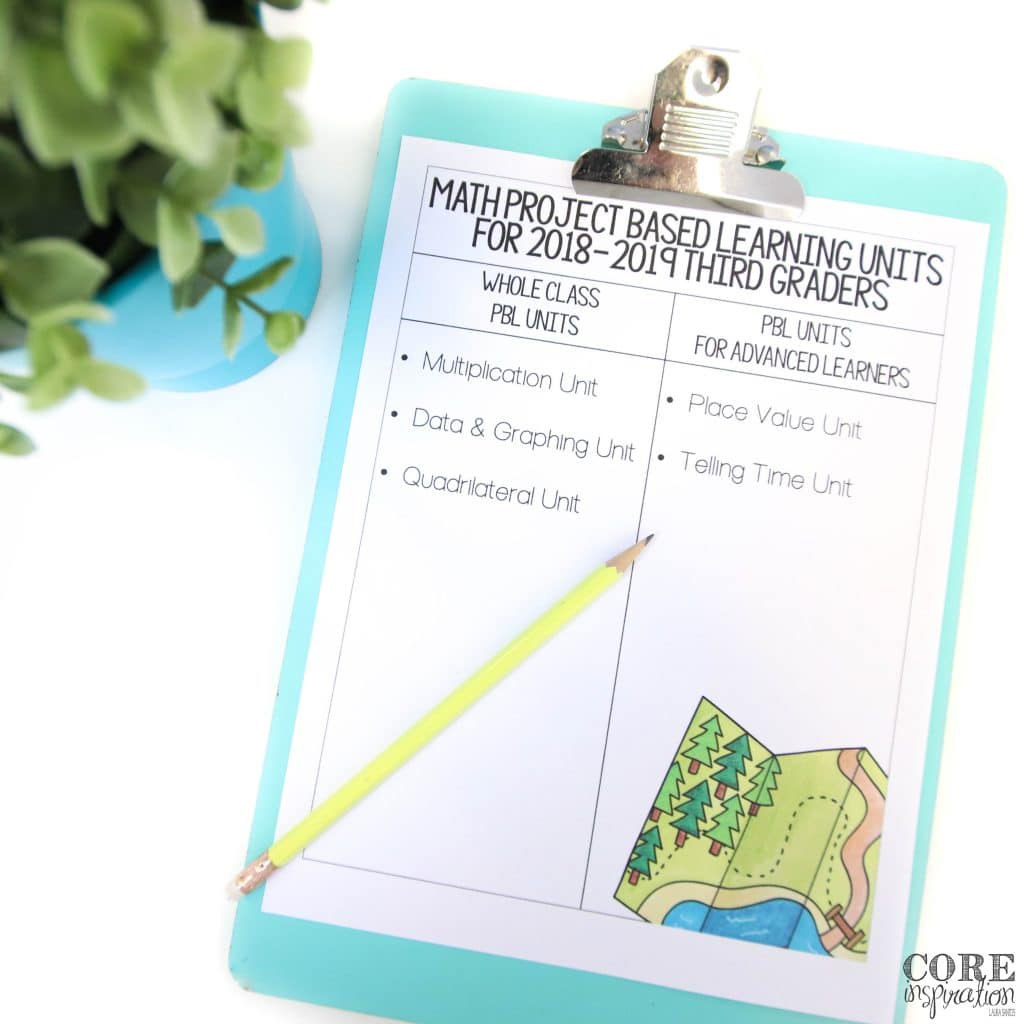
Whole Class Enrichment Through Project Based Learning
During some math units, you will notice the skills to be taught are very straightforward, and would be more meaningful if immediately applied to a real-world scenario or project. Take for example the third grade geometry unit about the classification of quadrilaterals. Being able to categorize and classify different quadrilaterals is a fairly straightforward concept, but takes repeated practice and exposure to master.
Rather than drilling students with repeated attempts to memorize the attributes of these shapes, their time would be better spent describing the attribute of these shapes in some type of real-world context. This unit is a perfect opportunity for every student in your class to engage in a project based learning experience.
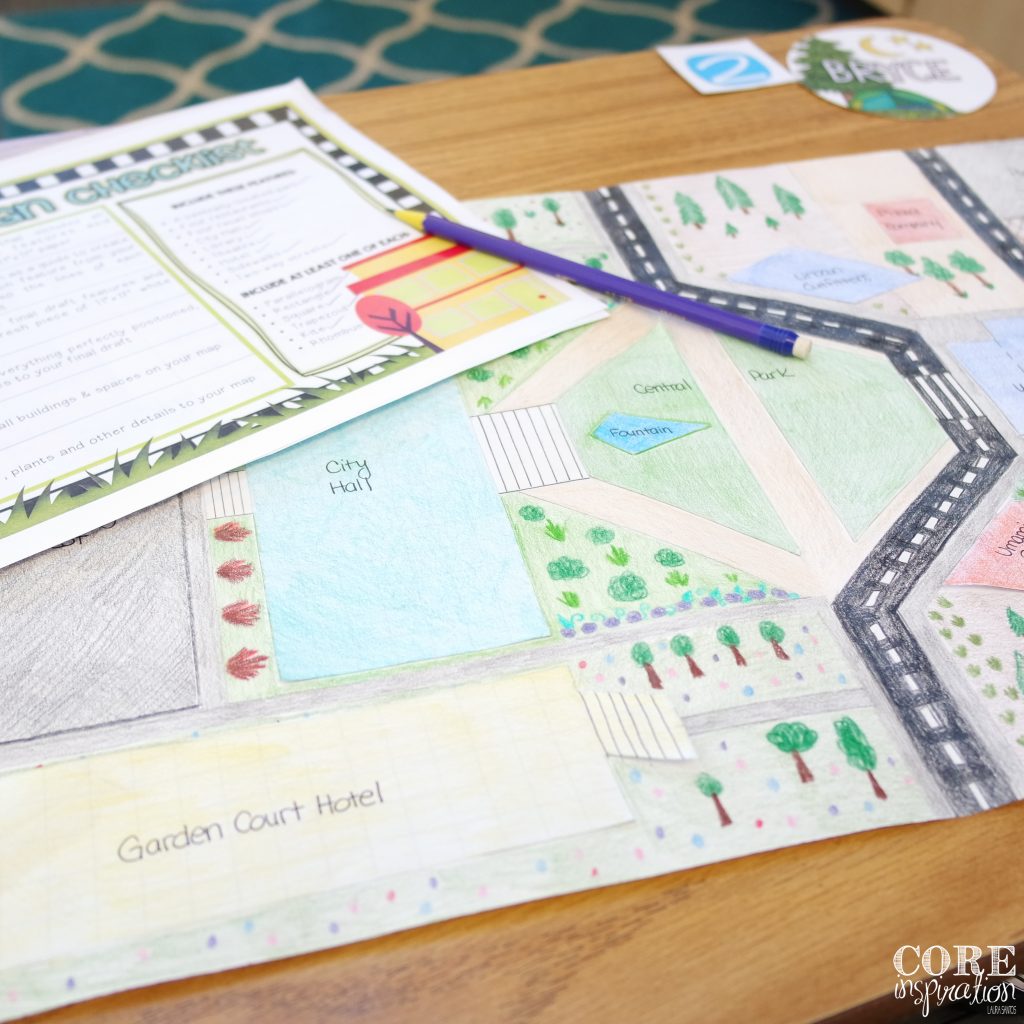
Therefore, I assign every student in my class our Quadrilateral City project during our geometry unit in the spring. We still run Math Workshop every day during this unit, using the same structure of warm up, then mini lesson, followed by rotations, and closing with a share or reflection. The only thing that looks slightly different are the rotation options. Here’s a closer look.
Math Workshop Rotations During A Whole Class PBL Unit
After our spiral review warm up, and a mini lesson about geometry and quadrilaterals, student are sent off to begin their workshop rotations, which follow the weekly schedule pictured below. During a whole class PBL unit, the activities completed during these rotations differs a bit from our routine Math Workshop activities so students have ample time each day to make progress toward their project goals.
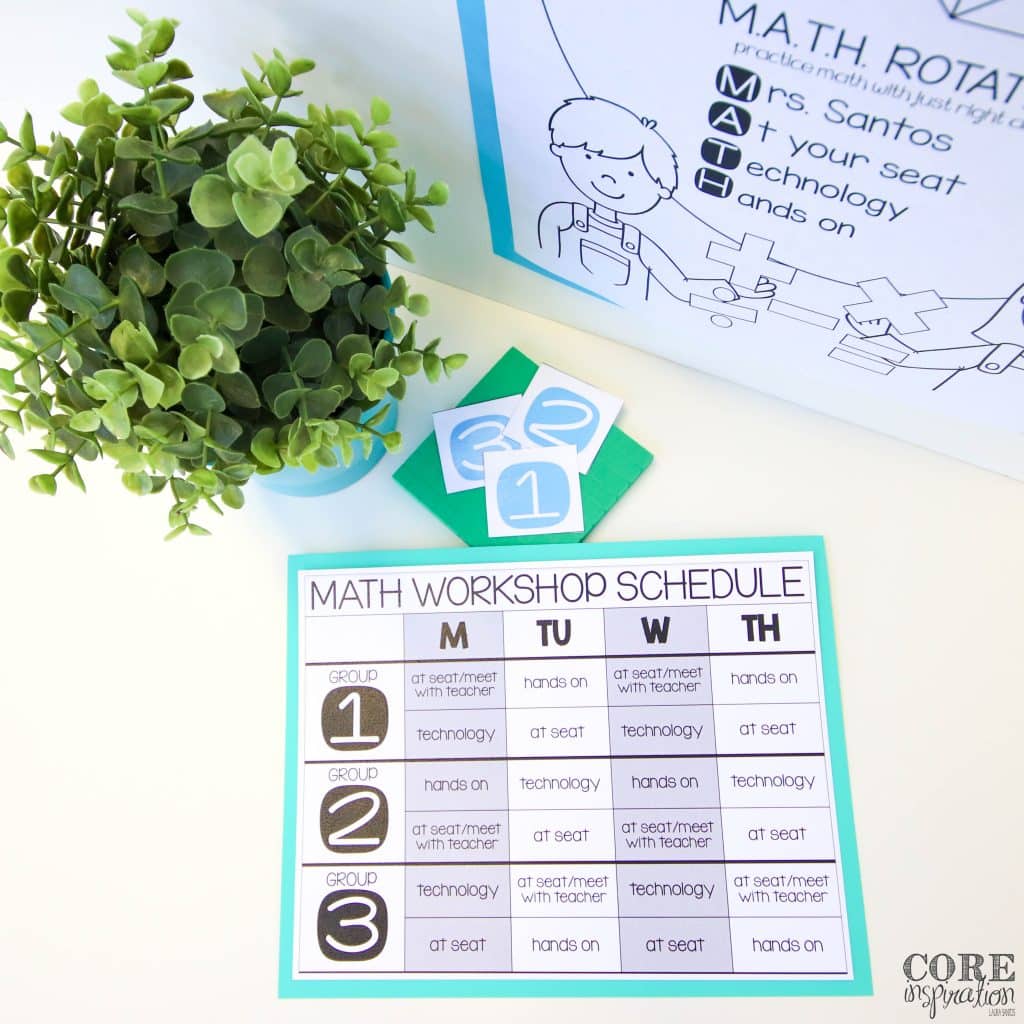
PBL During the Meet the Teacher Rotation
Our Meet the Teacher rotation becomes a project help desk. I do not have any specific groups scheduled to see me for Meet the Teacher during our PBL units because I like the flexibility of calling students who need extra support to work with me each day. Most days, I make note of any small groups who seem to need help with the same part of our project so we can meet quickly to:
- Address student questions
- Model a particular project step
- Reteach a skill that will help students make progress
On other days, I move around the room and meet one-on-one with students to support their unique project needs. This tracking sheet helps me keep track of who I’ve met with, what day we met, and what we discussed.
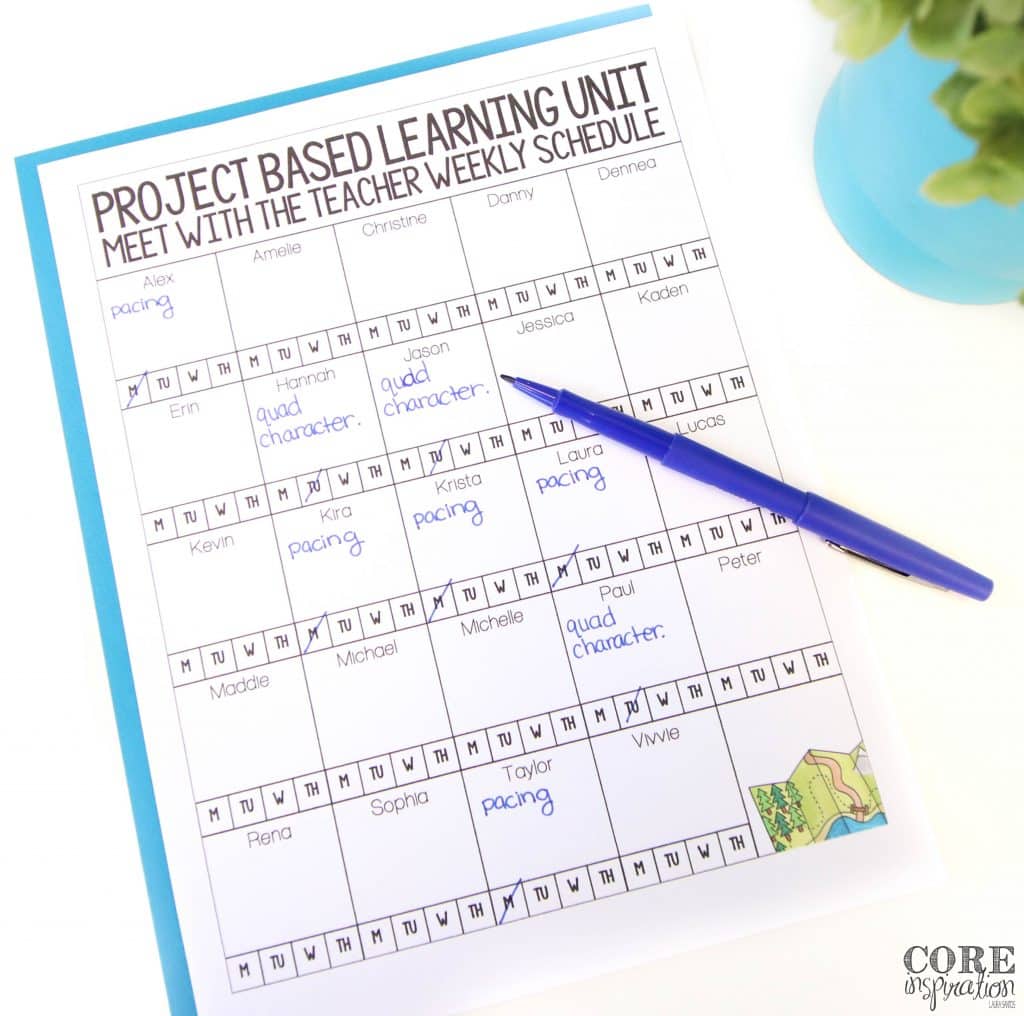
PBL During the At Your Seat Rotation
During the At Your Seat rotation, students complete a very short exit slip-style assignment directly from our math curriculum, which aligns to our mini lesson for that day. After checking their work against an answer key, they dive into their project work for the day.
Since all students work at a slightly different pace, I like to write D.I.Y. Project Guides for each of our projects. These detailed guides act as a one-one-one teacher that walks individual students or partnerships through each step of the project using detailed written instructions and images. This approach to organizing project based learning enables my students to work at their own pace with a high level of independence. The balance between text and detailed images makes these guides accessible for the English language learners in my class, along with struggling readers.
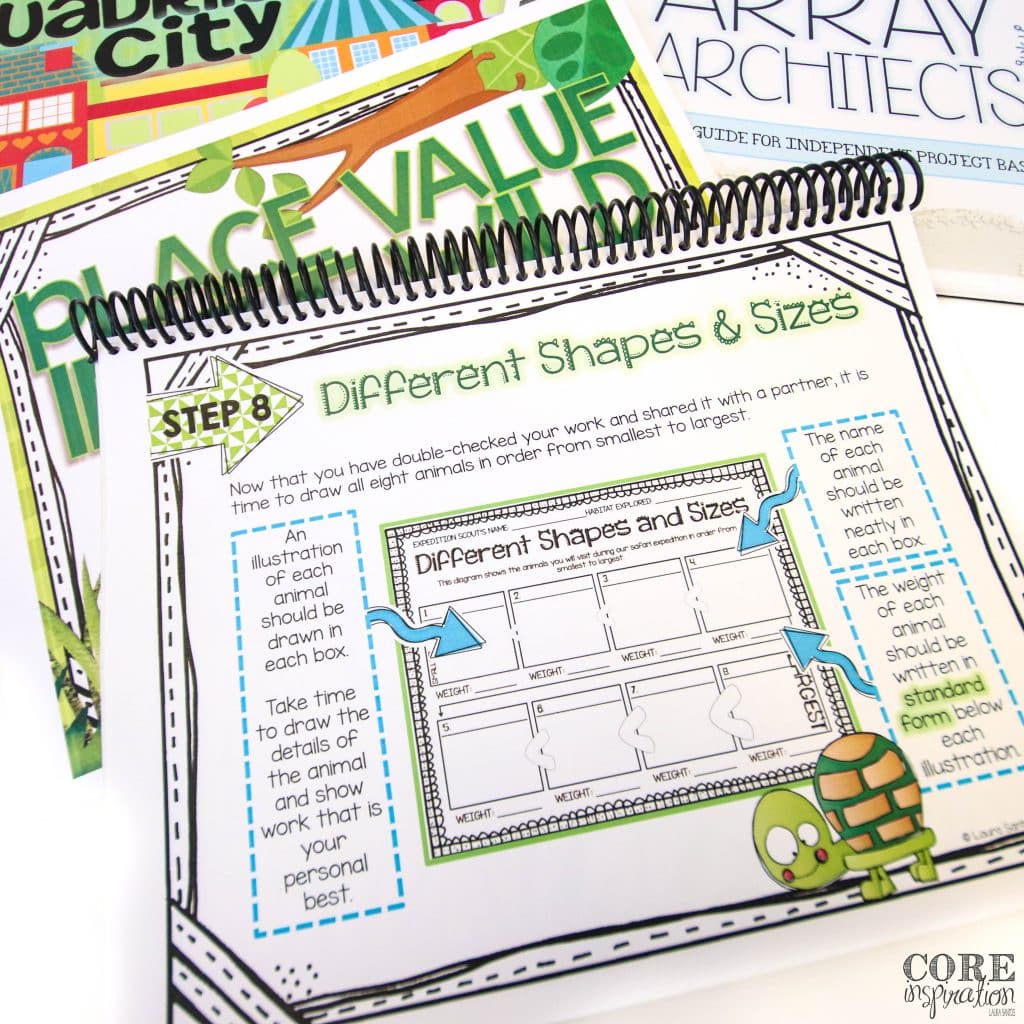
PBL During the Technology Rotation
When working on a PBL unit, I put our regular technology assignments on hold so students have an additional rotation to make progress on their project. Therefore, students spend the entire duration of their technology rotation working on their project.
PBL During the Hands On Rotation
Students have the option to play hands-on games or continue to work on their project during the Hands-On rotation. For the most part, students are so engaged in their project that they opt to stay focused on that work. Other students who benefit from a change in activity have an outlet to switch it up and play a game for a bit.
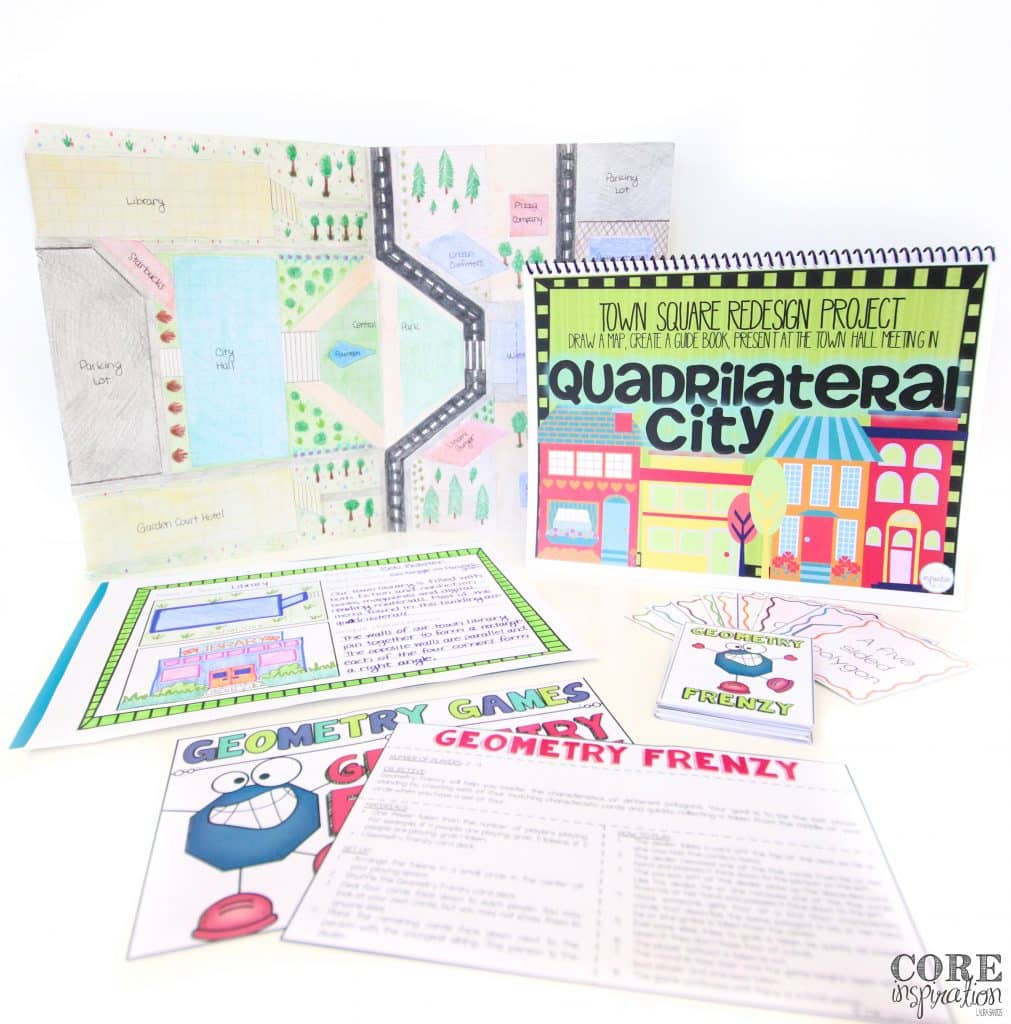
Enrichment For Advanced Learners Through Project Based Learning
During other math units, a have a handful of students who demonstrate mastery of all the unit concepts on their pre-assessment, while the majority of the class requires guided instruction and practice. Rather than having these advanced students relearn what they’ve already mastered, I set them up with a project based learning experience to enrich their understanding of these math concepts. Once again, the level of detail in the D.I.Y. Project Guides makes it possible for these students to work at a high level of independence so every student in class is having their learning needs met.
Math Workshop Rotations for Individuals Working Through A PBL Unit
The workshop rotations for individuals working on a PBL unit is much more flexible. They have the option to work on their project for the entire duration of workshop during the mini lesson and rotations. If they prefer, they can engage in a more traditional approach to workshop where they join for the mini lesson, work on their project for the At Your Seat and Technology rotations, and have the option to play games or make progress on their project during the Hands On rotation.
This allows students to approach the math unit they’ve already mastered in a way that feels most comfortable to them. They are asked to submit their Math Workshop Weekly Schedule for PBL to me daily so they have some accountability and structure to their schedule during our math block.
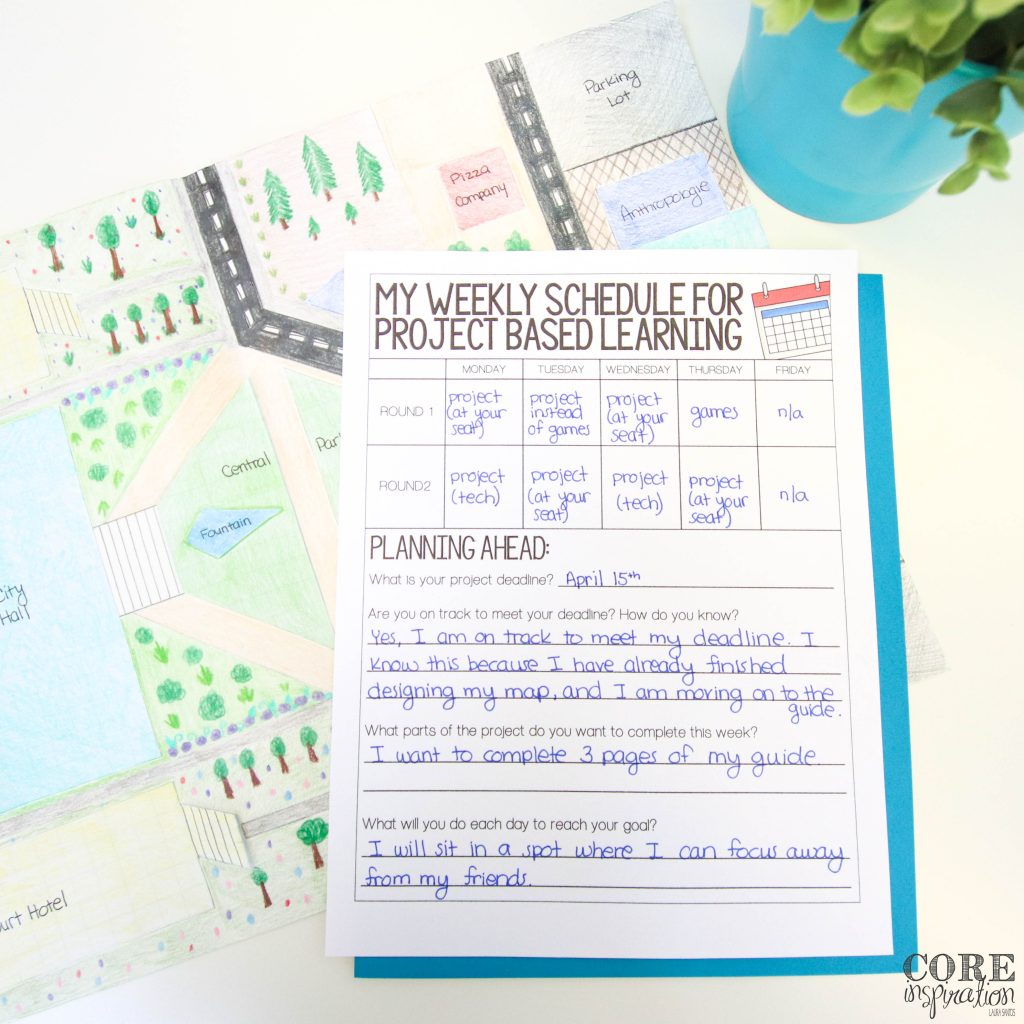
I typically meet with a small group of students working on a PBL enrichment unit briefly twice a week to answer any questions they may have, and help them reflect on their goals and progress.
Why I Don’t Do Project Based Learning for Every Single Unit
Although our PBL units always seem to be the most memorable for students, I do not recommend providing a project for every single math unit during the year. It is important for students to practice their math skills in a variety of ways. Having a balance between projects, performance tasks, word problems, technology practice, and learning through games will help your students develop into more well-rounded mathematicians.
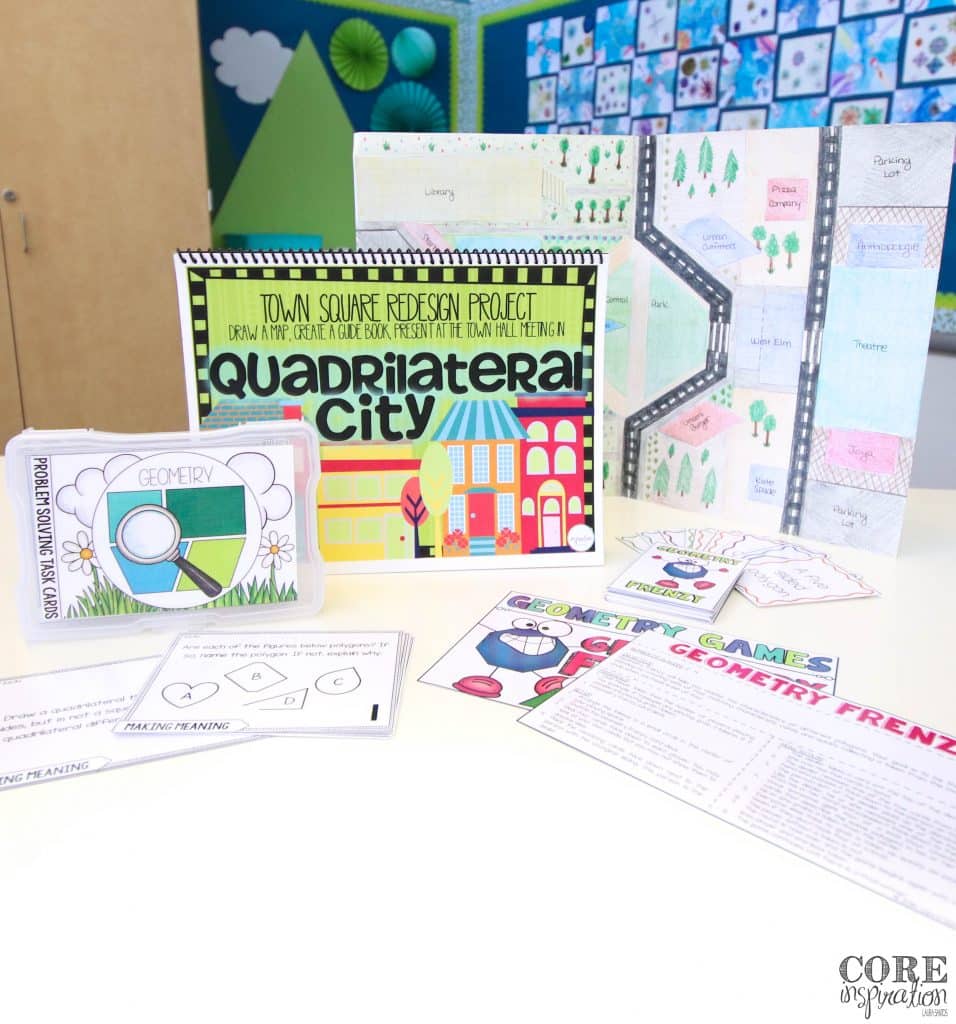
Ready for Your PBL Unit?
When planning your PBL units, think about the unique strengths and needs of your class. During which units do you want to have your entire class working on a project simultaneously? Which units will you likely need to provide an enrichment option for your advanced learners? I’d love to hear any questions you may have about the units you’re planning for your class this year in the comments below.
INTERESTED IN LEARNING MORE?
For more details about Math Workshop, check out my other posts about this instructional approach.
HOW TO INTRODUCE MATH WORKSHOP IN YOUR CLASSROOM:
DETAILS ABOUT M.A.T.H. ROTATIONS:
- Overview: Differentiate Instruction with Math Workshop
- Warm Up: Number of the Day Binder
- Mini Lesson: 3 Approaches To Formatting Lessons for Math Workshop
- Meet with the Teacher: How To Organize Small Groups for Math Workshop
- Meet with the Teacher: 5 Steps To Efficient Data Tracking
- At Your Seat: Top 5 Ideas for Math Workshop At Your Seat
- At Your Seat: Boost Problem Solving Skills
- Hands On: Tips for Making Math Games A Success
MATH WORKSHOP CLASSROOM MANAGEMENT TIPS:
- How To Boost Student Independence With Math Triads
- Incorporating Project Based Learning Into Math Workshop
- How To Make Transitions Efficient During Math Workshop
READY TO GIVE MATH WORKSHOP A TRY?
If you want to give Math Workshop a test drive in your own classroom, grab your Math Workshop Starter Kit, and feel free to share any questions you have about implementation in the comments below.



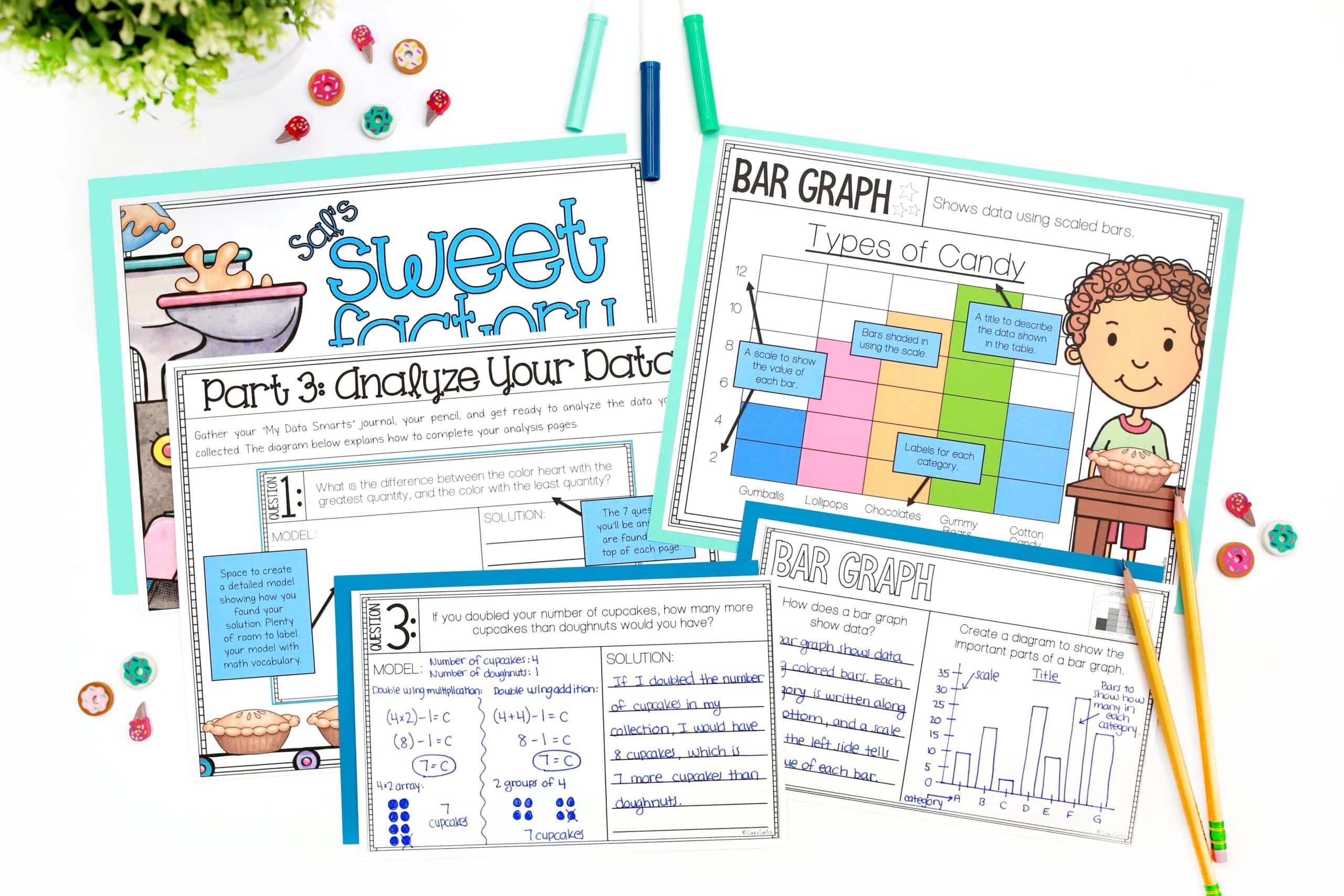
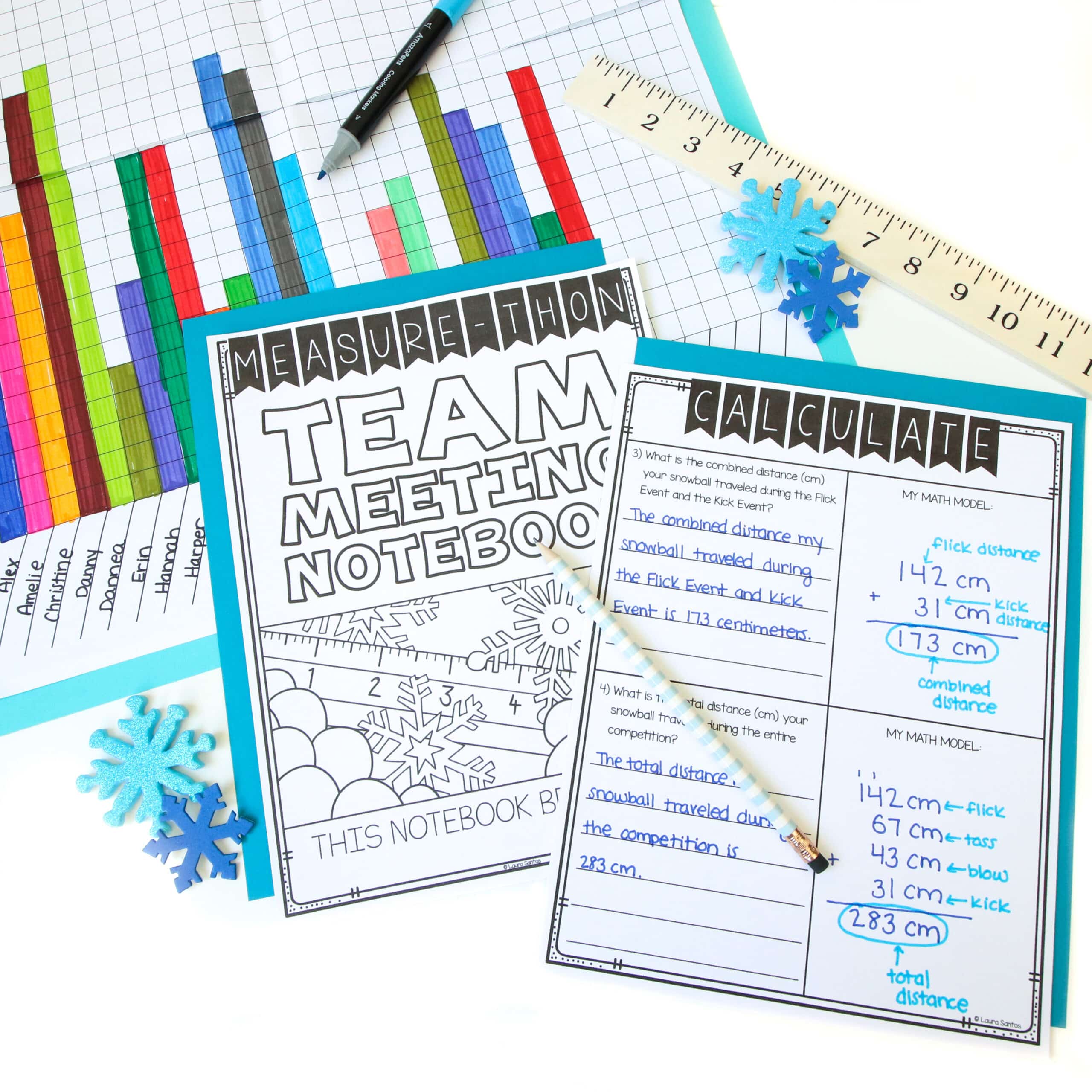

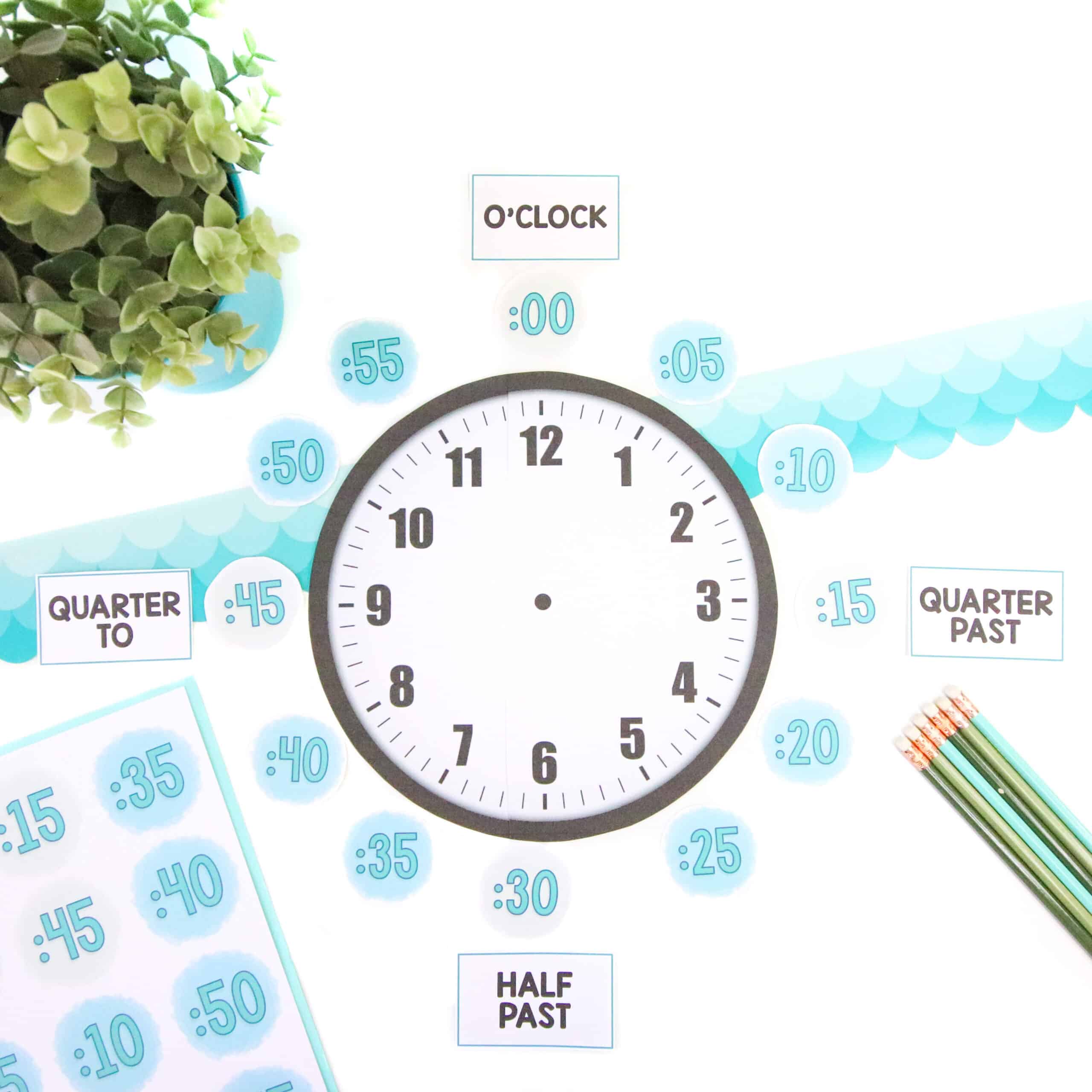
6 Responses
Hi! I am such a fan of your blog, Instagram, and teaching style! Question–How do you go about printing your resources? I bought the Array Architects PBL, and went to print it at FedEx and to print 12 booklets (for a 1:2 ratio in my classroom) it was going to be around $300! I then pursued printing at Publications through my district, but since it was in color, they required permission from my principal, and would not allow me to pay the $40 out of pocket. As our school is pretty strict with following the adopted curriculum, I felt that it was unlikely such a request would get approved. Long story short, I would love to get these resources in my classroom for a reasonable price, but I’m not sure how to do so. Most things I am fine printing at home, but the massive quantity of resources like the PBL booklets isn’t possible for me at home. I would love to know other options! Thanks!
Hi MacKenzie,
Thank you for reaching out with such a kind message. 🙂 I only print one booklet for each project and post the digital copy to Google Classroom so all students can access it using their Chromebook each day. We rarely use the printed version (only if there is a major tech failure for a day). Do you have any iPads or Chromebooks in your room?
Laura
Hi Laura,
I am so excited to try out my first PBL activity using Place Value in the Wild. I was wondering if you had your Meet the Teacher schedule for PBL and the Student schedule and plan available for purchase? I LOVE your organization and would like to try ti use those tools while mapping out my mini lessons and keeping my kiddos on track. Thank you!
Hi Caitlin,
Thank you for reaching out. That is a newer sheet I developed this past school year. It would be smart for me to add that to the starter kit…I’m glad you mentioned it! Do you already have the starter kit?
Laura
I am so curious how you run math workshop. I would love to hear you give a training on it! Quick question…with math triads being made up of students on different levels, how do you pull small groups of similar-level students? How do you keep the triads from being split up? Are all triads always doing the same rotation at the same time?
Thank you!
Also…when I click on the “rubric and response freebie” from the math differentiation kit you just sent out, it won’t take me to the link for some reason. Is there any way I can access a copy of that? I am so excited about using that with the task cards. Thank you for your awesome ideas and resources!